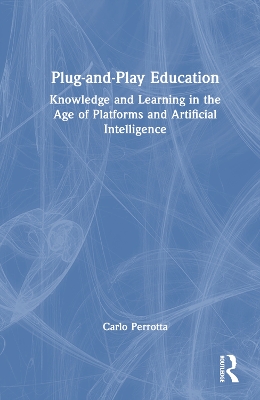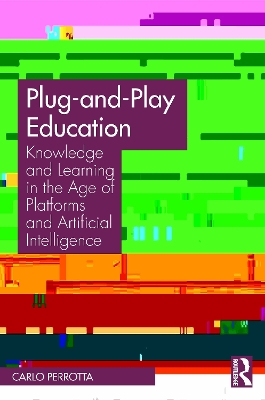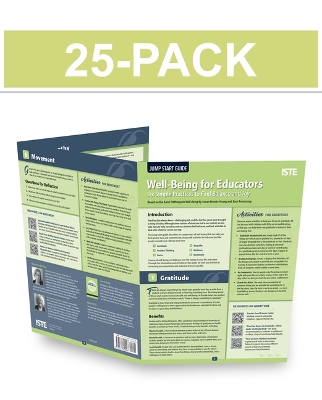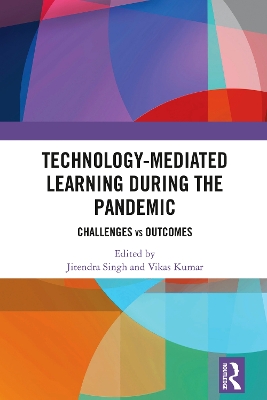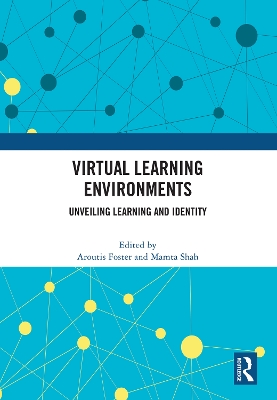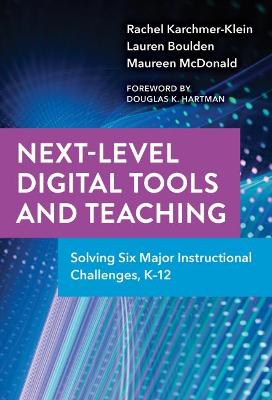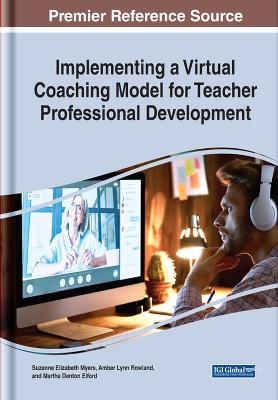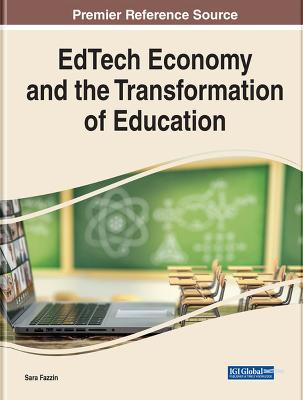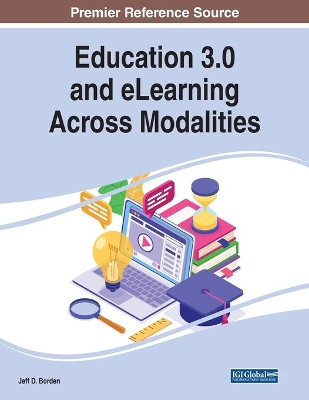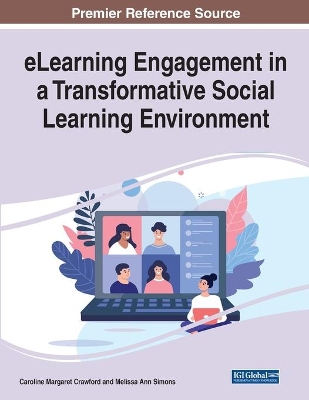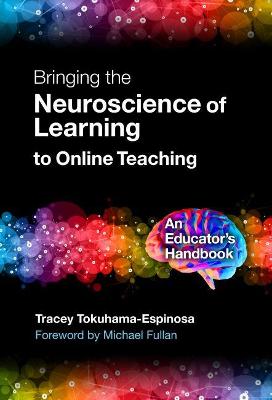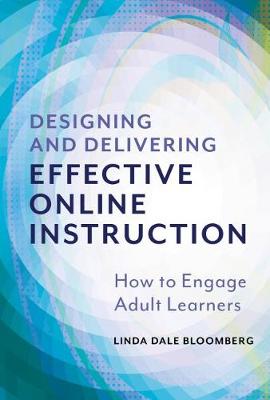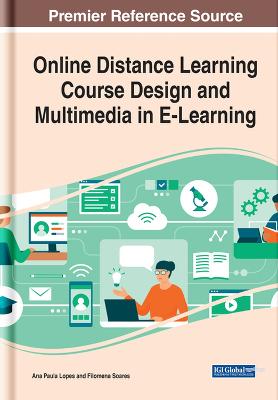Bringing the Neuroscience of Learning to Online Teaching
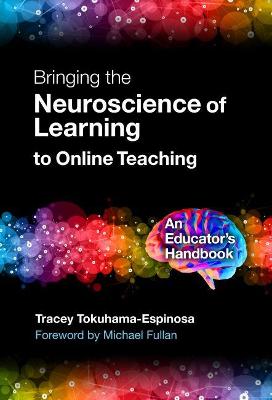 portes grátis
portes grátis
Bringing the Neuroscience of Learning to Online Teaching
An Educator's Handbook
Tokuhama-Espinosa, Tracey
Teachers' College Press
05/2021
128
Mole
Inglês
9780807765524
15 a 20 dias
333
Foreword?
Preface
Who Should Read This Book
How to Use This Book
Acknowledgments
Introduction
The Move
Never a Better Time to Be An Educator
Technology and Mind, Brain, and Education
1.?Teaching Online Using Mind, Brain, and Education Science
The New First Steps in Teachers' Professional Development
Online Design Using Mind, Brain, and Education Teaching
Conditions and Pedagogies for Great Learning
2.?Connecting Online and Face-to-Face Learning Goals to Neuroscience
Mastery Learning
Deeper Learning
Metacognitive Awareness
Growth Mindsets
Dare To Err
Optimal Performance
Relevant Curriculum
Differentiation and Student Autonomy
Social Contagion
Strong Learning Community
Personalization
Communication
3.?The Plan: Choices, the Brain, and Backwards Design
Worked Examples
Understanding By Design
Activities and Resources
An All-You-Can-Eat Buffet of Digital Technology: Choose Wisely
4.?Time: Synchronous and Asynchronous Possibilities
Time for School: The Academic Calendar
Time for Learning: Synchronous vs. Asynchronous Activities
Time for Asynchronous and Synchronous Learning
Time for Communication
Time for Evaluation
5.?Instructional Design: Twelve Steps to a Great Online Course
Guidelines from State, National and International Standards
The 12-Step Process
Pros and Cons of this Instructional Design
6.?The Celebration: Enjoy Our New Online Home
There's Never Been a Better Time to Be An Educator
References
Index
About the Author
Foreword?
Preface
Who Should Read This Book
How to Use This Book
Acknowledgments
Introduction
The Move
Never a Better Time to Be An Educator
Technology and Mind, Brain, and Education
1.?Teaching Online Using Mind, Brain, and Education Science
The New First Steps in Teachers' Professional Development
Online Design Using Mind, Brain, and Education Teaching
Conditions and Pedagogies for Great Learning
2.?Connecting Online and Face-to-Face Learning Goals to Neuroscience
Mastery Learning
Deeper Learning
Metacognitive Awareness
Growth Mindsets
Dare To Err
Optimal Performance
Relevant Curriculum
Differentiation and Student Autonomy
Social Contagion
Strong Learning Community
Personalization
Communication
3.?The Plan: Choices, the Brain, and Backwards Design
Worked Examples
Understanding By Design
Activities and Resources
An All-You-Can-Eat Buffet of Digital Technology: Choose Wisely
4.?Time: Synchronous and Asynchronous Possibilities
Time for School: The Academic Calendar
Time for Learning: Synchronous vs. Asynchronous Activities
Time for Asynchronous and Synchronous Learning
Time for Communication
Time for Evaluation
5.?Instructional Design: Twelve Steps to a Great Online Course
Guidelines from State, National and International Standards
The 12-Step Process
Pros and Cons of this Instructional Design
6.?The Celebration: Enjoy Our New Online Home
There's Never Been a Better Time to Be An Educator
References
Index
About the Author

